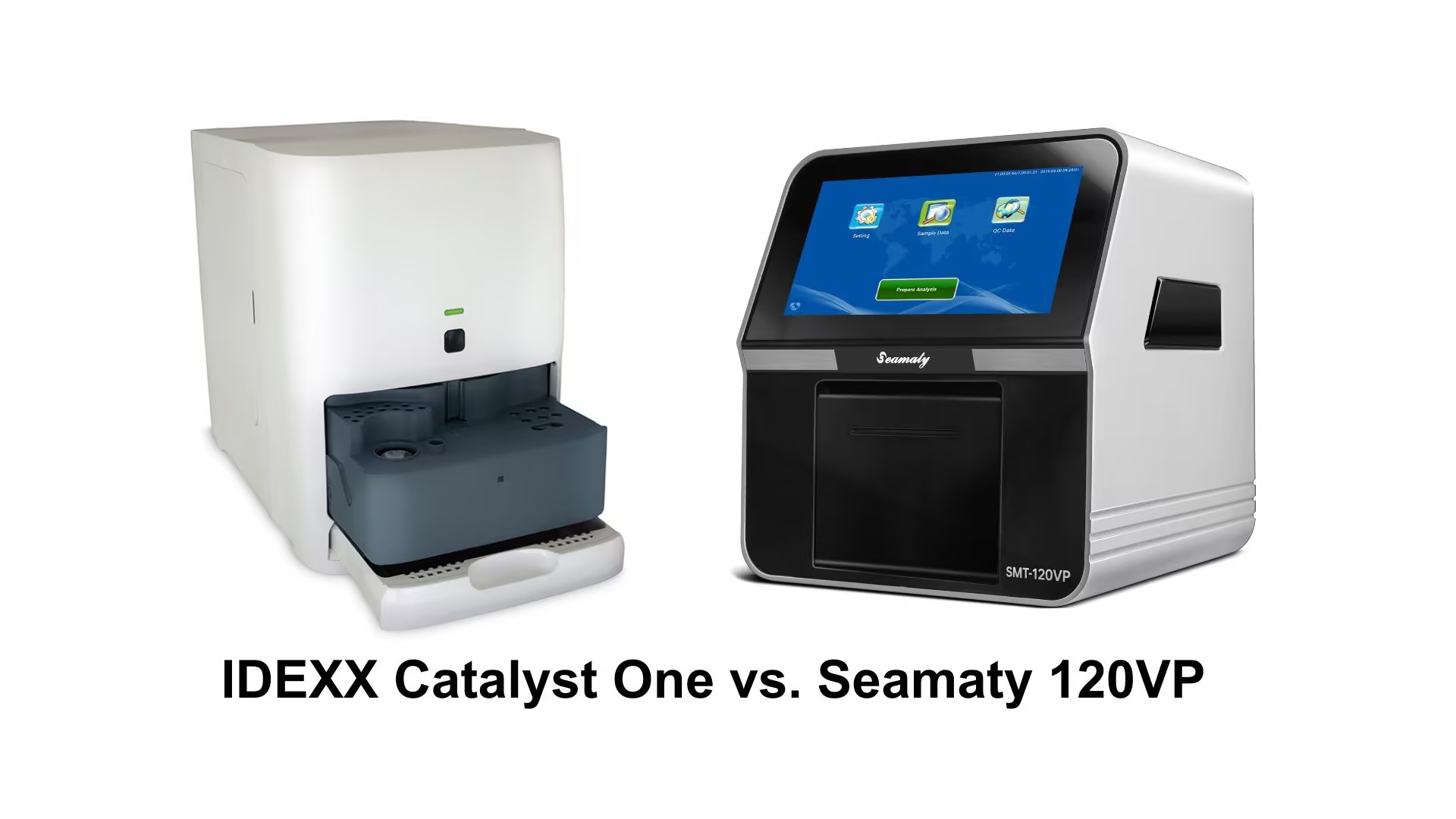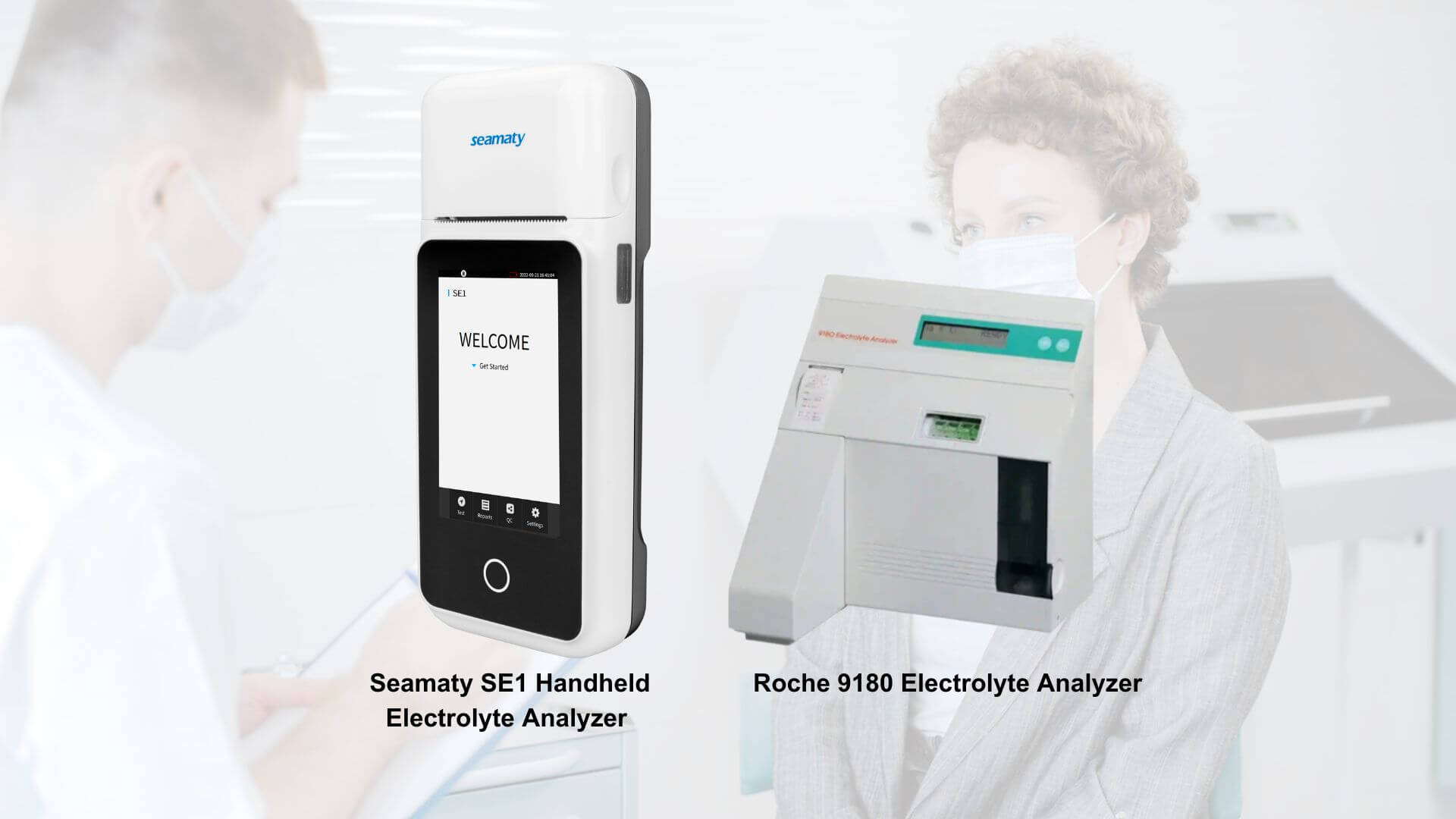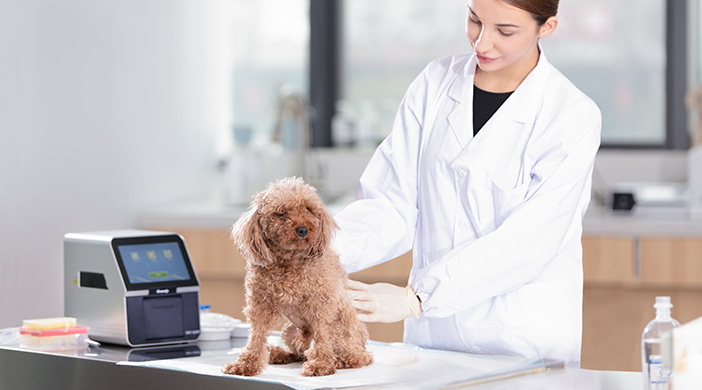Pet owners choose to have their pets spayed or neutered at the right age to ensure their health. Without spaying or neutering, the risk of reproductive disease increases with age. For example, uterine abscesses are most common in female dogs. This is a disease that is not easily detected in the early stages, and the accumulation of purulent secretions in the uterus that are absorbed by the body can lead to serious consequences such as sepsis and kidney failure. Other diseases such as testicular tumors in male dogs, prostate abscesses, perineal hernias, and mammary gland tumors in female dogs are much more likely to develop. All of these diseases usually require surgery to resolve.
In order to check the suitability of pets for surgery, Seamaty has introduced a pre-operative biochemical test kit for pets - "10 Pre-operation Test Parameters". This kit can be used for pre-operative spay/neuter testing, as well as for biochemical testing prior to any other surgery.
The biochemical test parameters include ALP, ALT, AST, CK, Crea, GLU, LDH, TP, BUN, B/C*. The "10 Pre-operation Test Parameters" are used to check the suitability of the animal's physical signs for surgery. In addition, it is often used together with another Seamaty biochemical reagent panel "4 Coagulation Indicators".
The above biochemical tests can greatly reduce the risk of bleeding, pain and anesthesia during surgery.
(1) AST and ALT are used to assess the recovery function of anesthesia and help veterinarians to confirm the dosage of anesthetic agents.
(2) LDH is used to assess the indicators of the heart muscle, and is used to check whether there are problems with the pet's heart, which can reduce the risk of surgery such as shock during surgery.
(3) TP, Crea, GLU, CK, B/C* are common biochemical test parameters that can be used to determine if your pet's kidney metabolism is functioning properly.
Regardless of the procedure, we need to do as meticulous and thorough an examination as possible for our pets. This allows the veterinarian to have as complete a picture as possible of their whole body condition, minimizing the risk of surgery. This also gives the small animals that need surgery more assurance of life and health.


